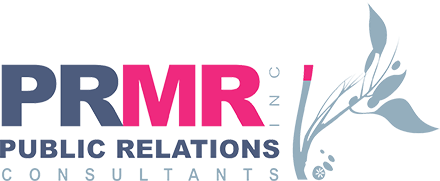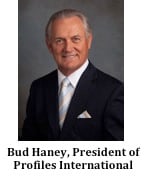The Perils of Punctutation - The Comma Part II
The comma is one of the hardest working forms of punctuation. It does not matter the type of piece that is being written; whether press releases, scripts or speeches, commas are an integral part of written language. In part 2 of the series on the Perils of Punctuation, I invite you to review some more uses for the comma.
In dates
When a date is written as a month followed by a day followed by a year, a comma separates the day from the year: May 19, 1987. This style is common in American English. The comma is necessary because of the otherwise confusing consecutive numbers, compare May 19 1987. However, If just month and year are given, no commas are used: "Her daughter April may return in June 2009 for the reunion."
When the day precedes the month, the month name separates the numeric day and year, so commas are not necessary to separate them: "On 19 December 1941 the Raid on Alexandria was carried out by Italian manned torpedoes."
In geographical names
Commas are used to separate parts of geographical references, such as city and state (Dallas, Texas) or city and country (Kampala, Uganda). Most style manuals, recommend that the second element be treated as a parenthetical, requiring a second comma after: "The plane landed in Bridgetown, BARBADOS, that evening."[14]
In numbers
In representing large numbers, English texts usually use commas to separate each group of three digits. This is almost always done for numbers of six or more digits, and often for five or four digits. However, in much of Europe, Southern Africa and Latin America full stops are used instead; the comma is used as a decimal separator, equivalent to the use in English of the decimal point. In addition, the comma may not be used for this purpose at all in some number systems, e.g. the SI writing style;[16] a space may be used to separate groups of three digits instead.
In names
Commas are used when writing names that are presented surname first: Smith, John. They are also used before many titles that follow a name: John Smith, Ph.D.
Ellipsis
Commas may be used to indicate that a word has been omitted, as in The cat was white; the dog, brown. (Here the comma replaces was.)
Vocative
Commas are placed before, after, or around a noun or pronoun used independently in speaking to some person, place or thing:
- I hope, John, that you will read this
I hope that this blog will help to improve your use and overuse of the comma.


